Innis Steinmetz was the first woman to enter the Medical College of Virginia
In 1918, Innis Steinmetz, became the first woman to enter the medical school, and 30 years later, the…

In 1918, Innis Steinmetz, became the first woman to enter the medical school, and 30 years later, the…

In 1917, David Marine, a U.S. physician in Ohio, and his colleagues initiated an iodine prophylaxis program in…

In 1917, Dr. Kenneth McKenzie the staff surgeon at Oregon-Washington Railroad and Navigation Company persuaded the company to…

In 1916, the Texas A&M College of Veterinary Medicine & Biomedical Sciences (CVM) is an institution that represents…
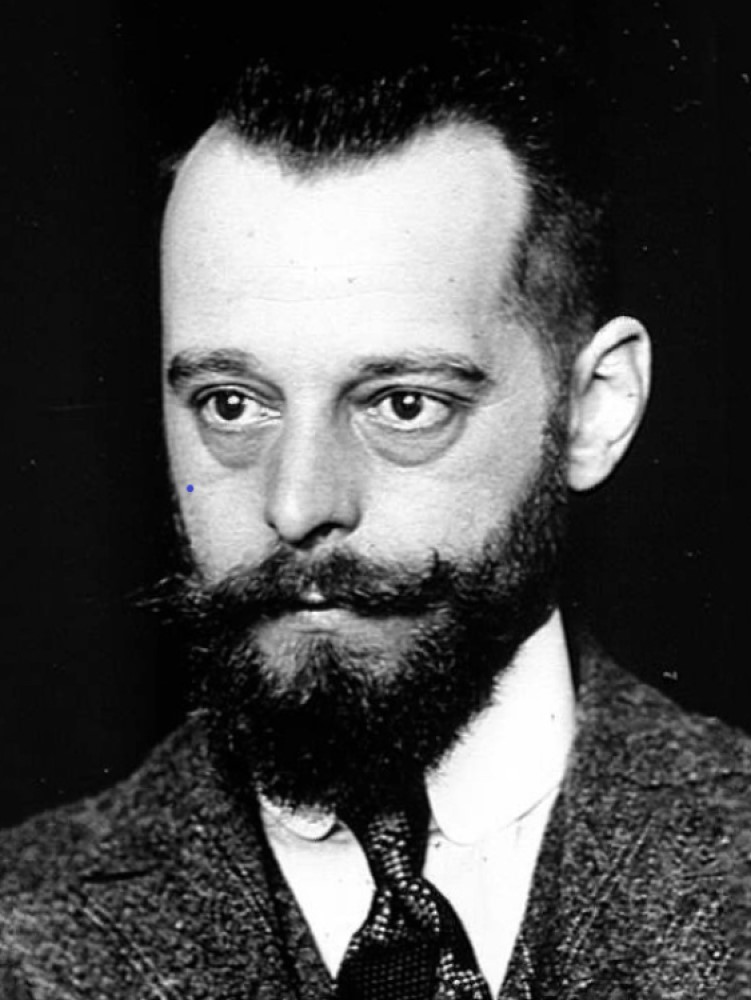
In 1916, French-Canadian bacteriologist Felix-Hubert D’Herelle discovered viruses that prey on bacteria and named them bacteriophages or bacteria…
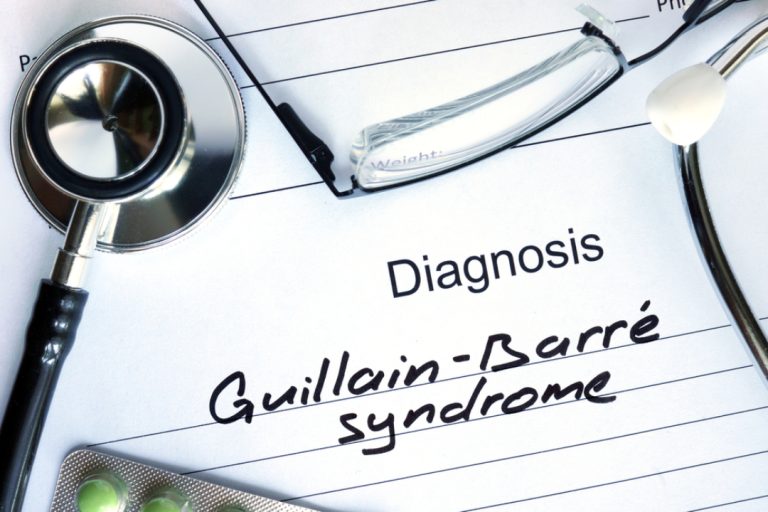
In 1916, Guillain-Barr syndrome (GBS), also known as Landry-Guillain-Barr-Strohl syndrome, was described. Its incidence in North America and…
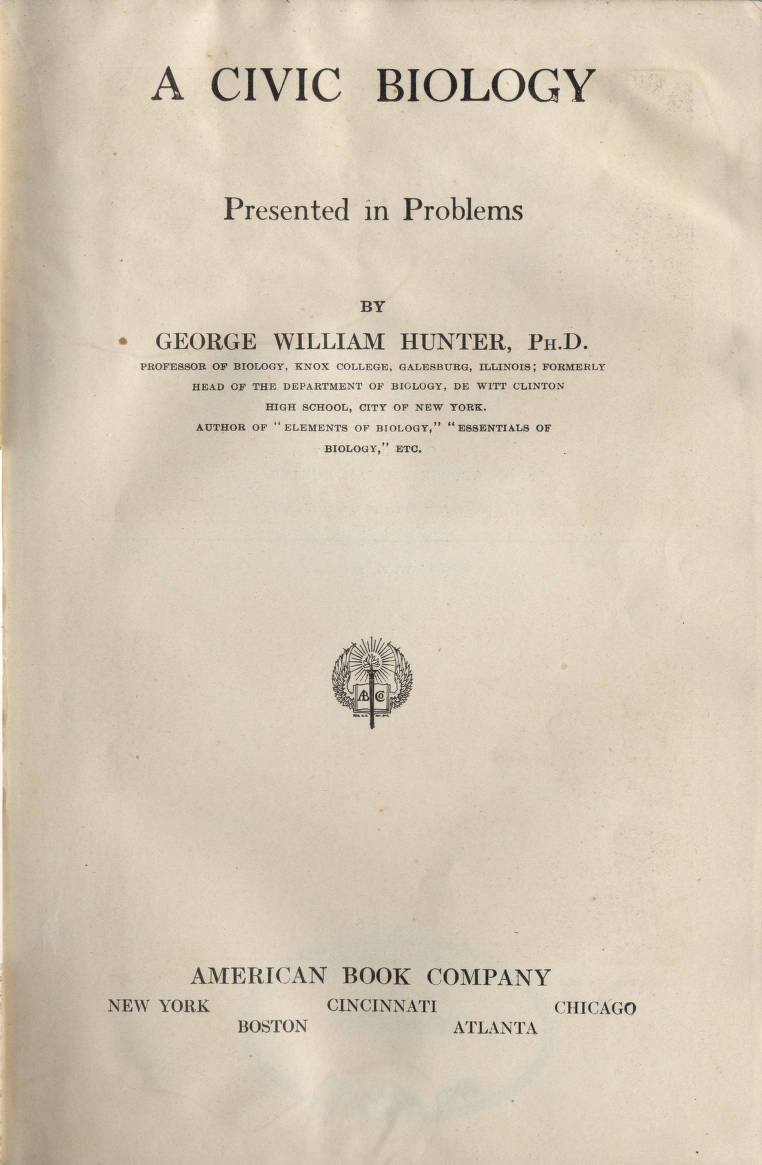
In 1914, George William Hunter’s A Civic Biology, the book later used in biology courses in Dayton, Tenn.,…
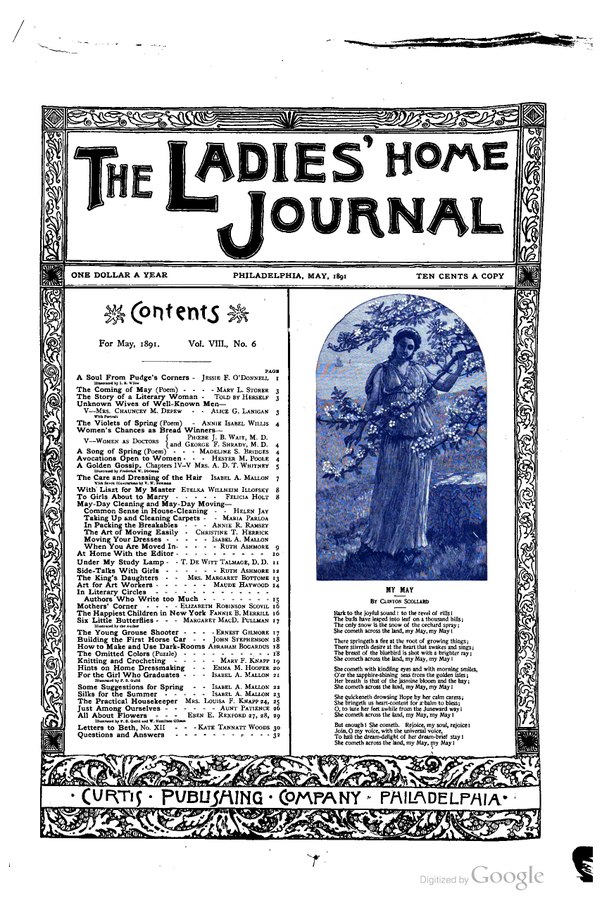
In 1913, the first known article on cancer’s warning signs was published in the popular women’s magazine (Ladies’…
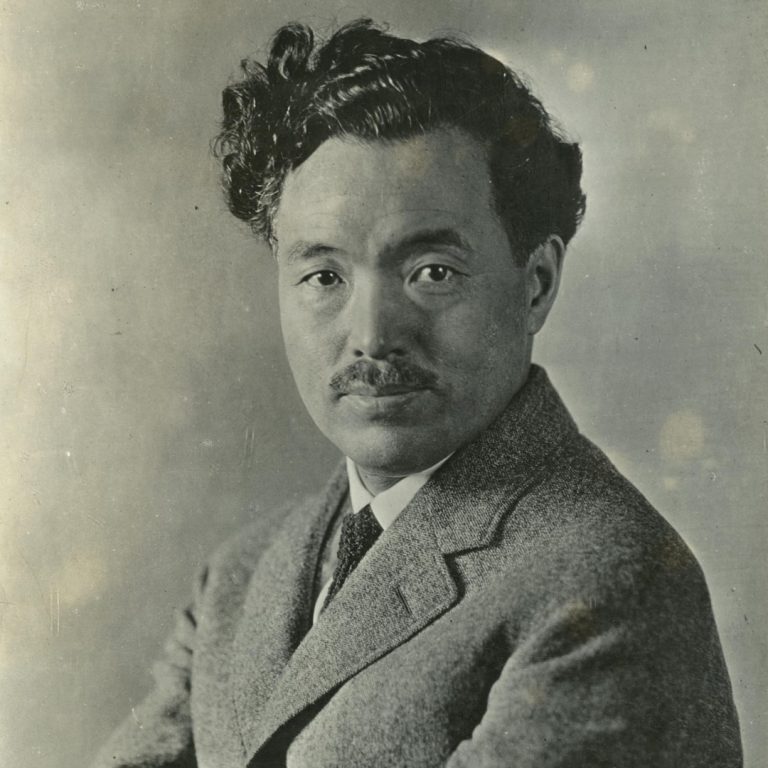
In 1913, Japanese immunologist and bacteriologist Hideyo Noguchi discovered that Treponema pallidum (syphilitic spirochete) was the cause of…
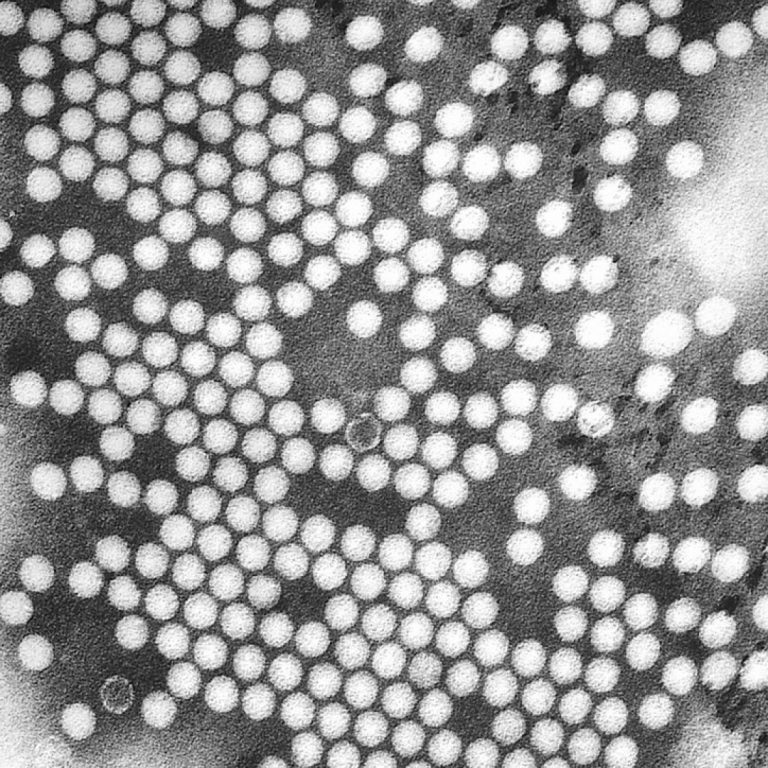
On Nov. 30, 1912, John F. Anderson and Wade H. Frost published “Transmission of Poliomyelitis by Means of…

On Sept. 23, 1912, the William Marsh Rice Institute (Rice University) opened its doors on the anniversary date…
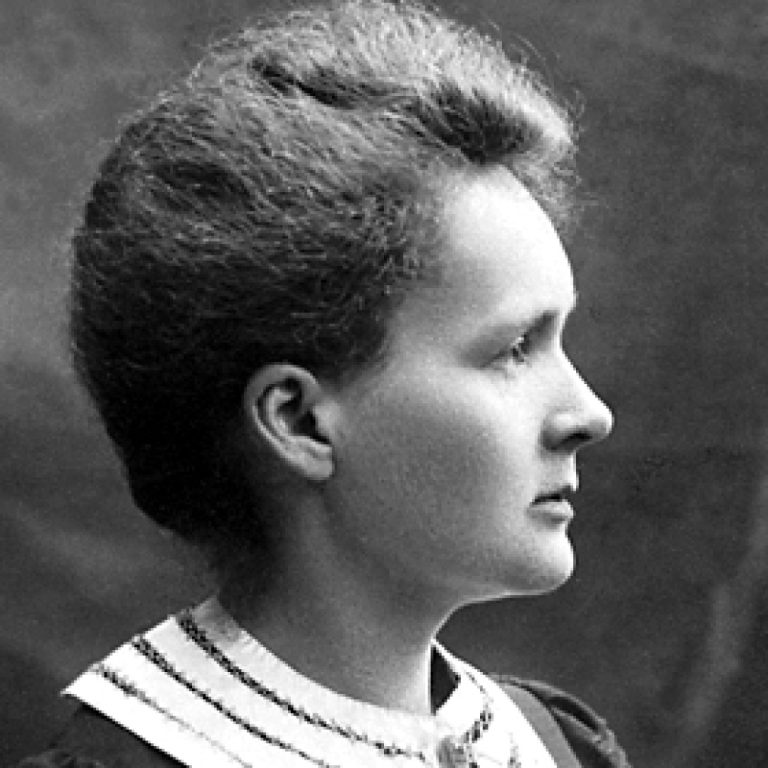
On Nov. 7, 1911, Marie Curie’s birthday (born 1867), she was awarded the Nobel Prize in Chemistry “in…
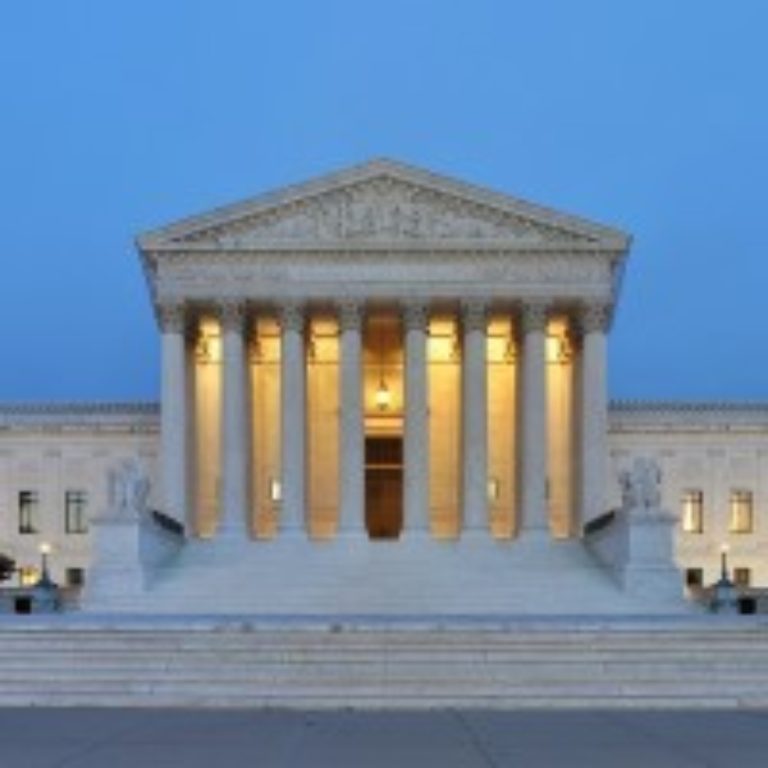
On May 29, 1911, in U.S. v. Johnson, the Supreme Court ruled that the 1906 Pure Food and…

In 1911, Drs. George W. McCoy, Charles W. Chapin, William B. Wherry, and B. H. Lamb elucidated a…

On Jul. 15, 1910, the term Alzheimer’s disease was first used by German psychiatrist Dr. Emil Kraepelin to…
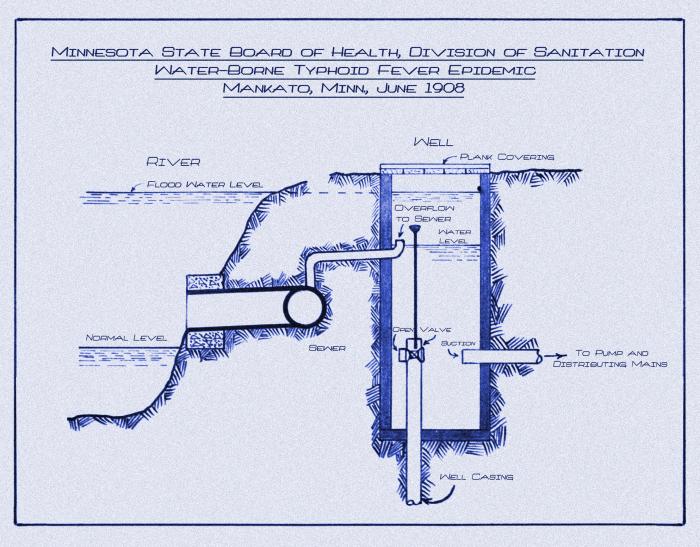
On Jun. 26, 1908, a typhoid fever epidemic struck Mankato, Minnesota with 5,000-6,000 cases of diarrhea reported between…
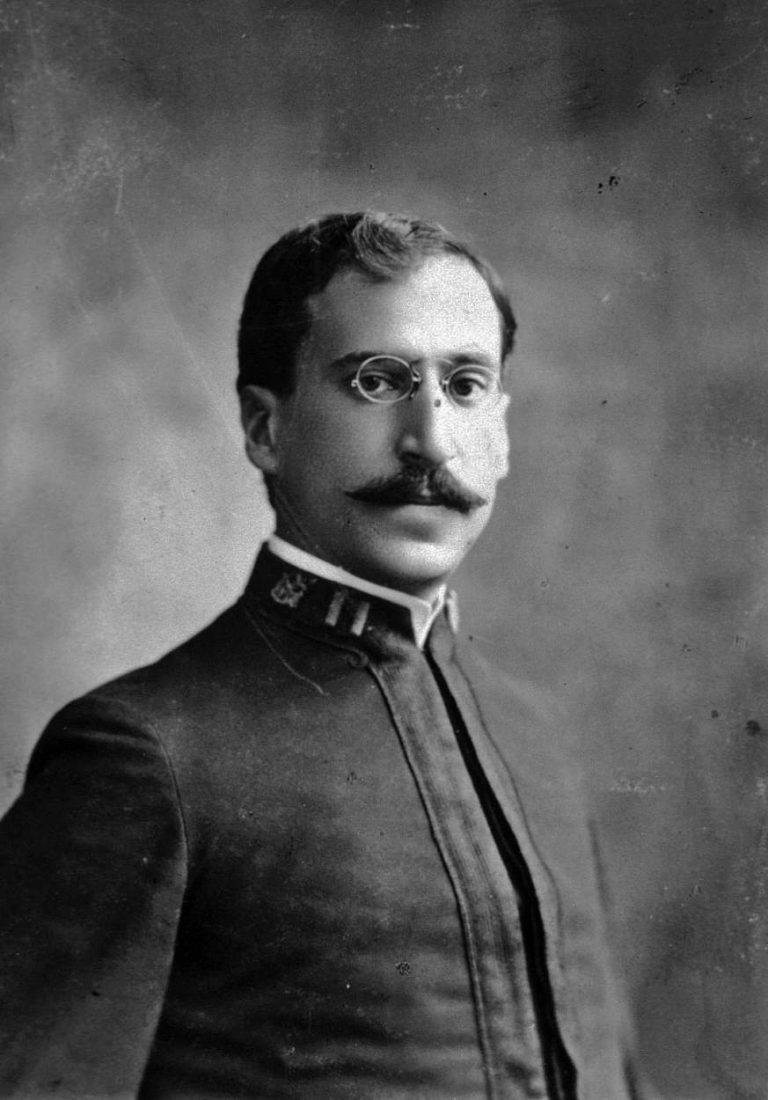
In 1908, Milton J. Rosenau and John F. Anderson established the standard unit for tetanus antitoxin. A pioneer…
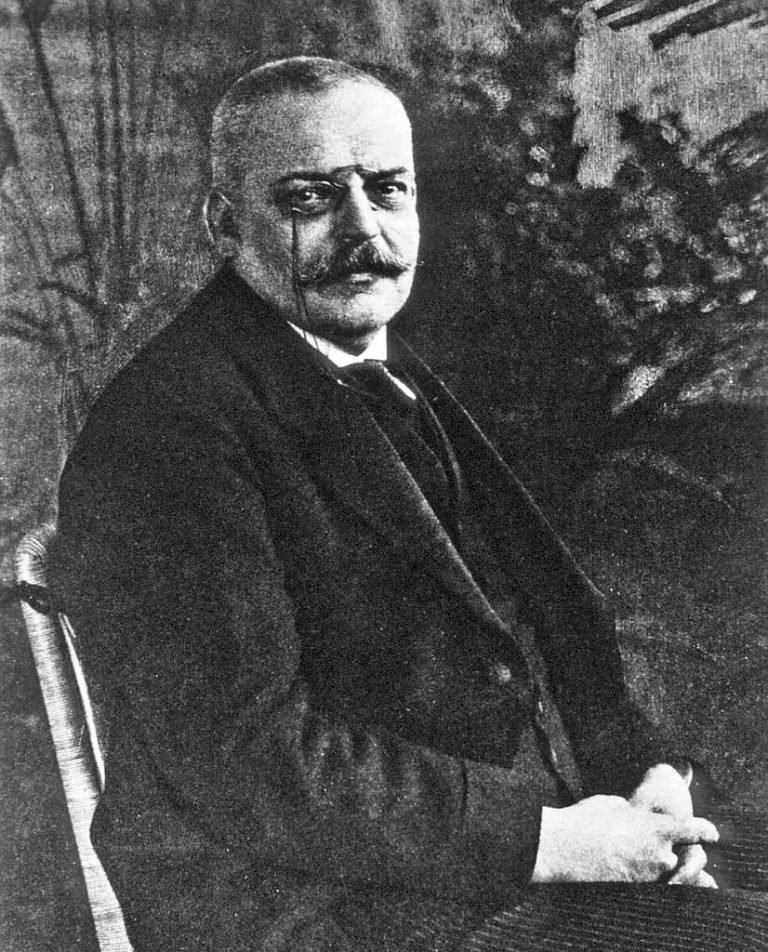
On Nov. 3, 1906, a clinical psychiatrist and neuroanatomist, Alois Alzheimer, reported “A peculiar severe disease process of…

In 1906, the University of Alberta (U of A) in Edmonton was founded in 1906 with the passage…

On Apr. 18, 1905, William Bateson suggested the term “genetics” (Greek genno, “to give birth”) to describe the…
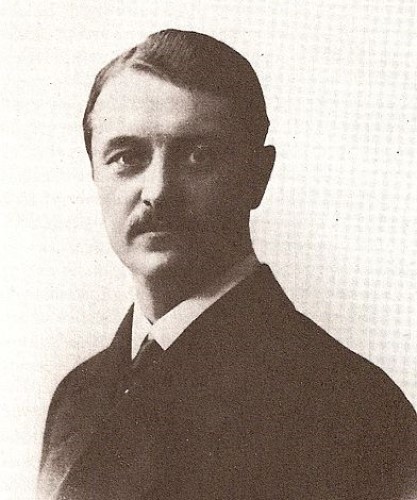
In 1905, Swedish pediatrician Dr. Ivar Wickman recognized the contagious nature of polio and the importance of abortive…
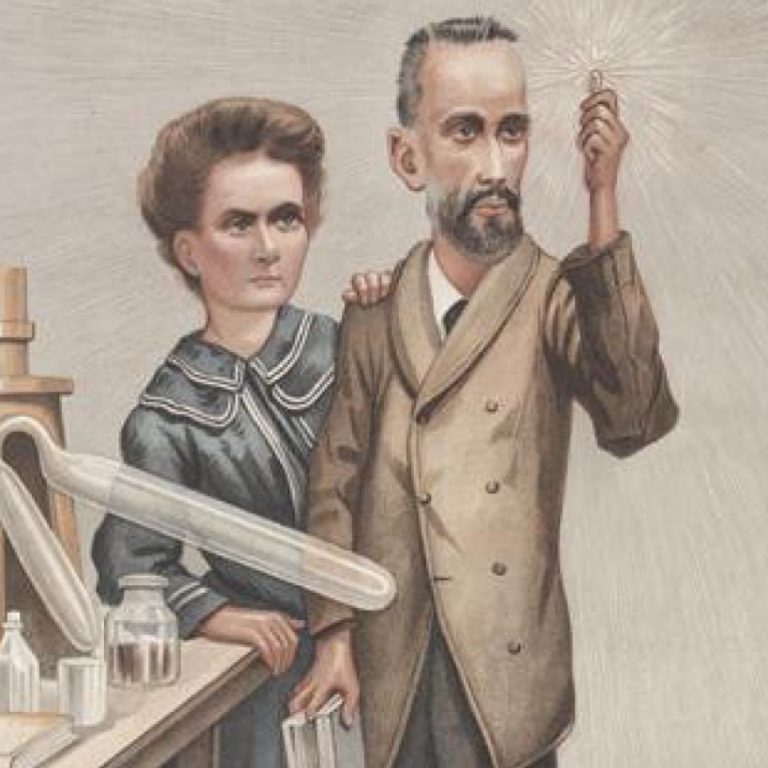
Caricature of Pierre and Marie Curie. Caption read “Radium.” Published in Vanity Fair, December 22, 1904. In 1903,…
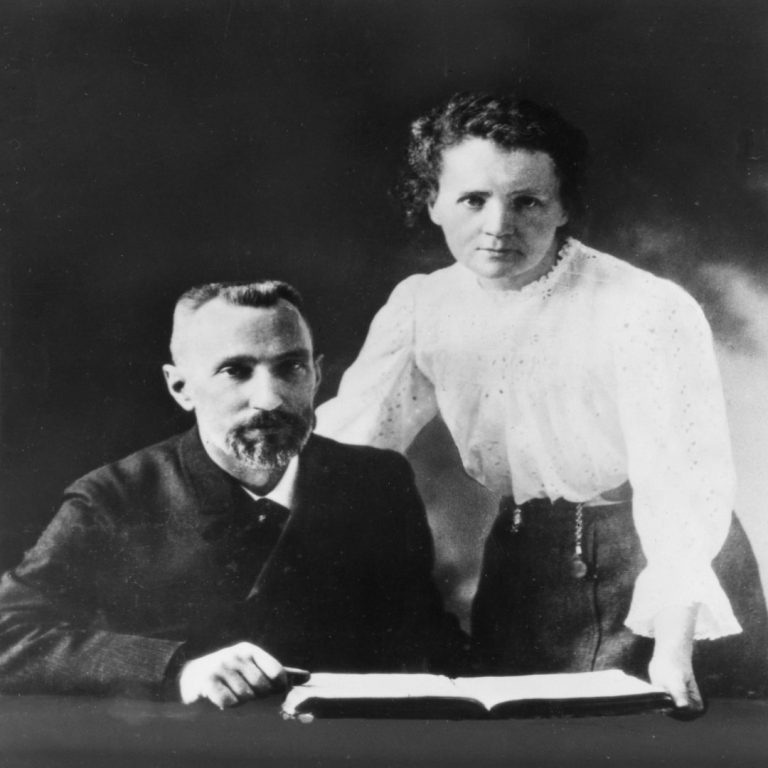
In 1903, the Nobel Prize in Physics was divided, one half awarded to Antoine Henri Becquerel “in recognition…
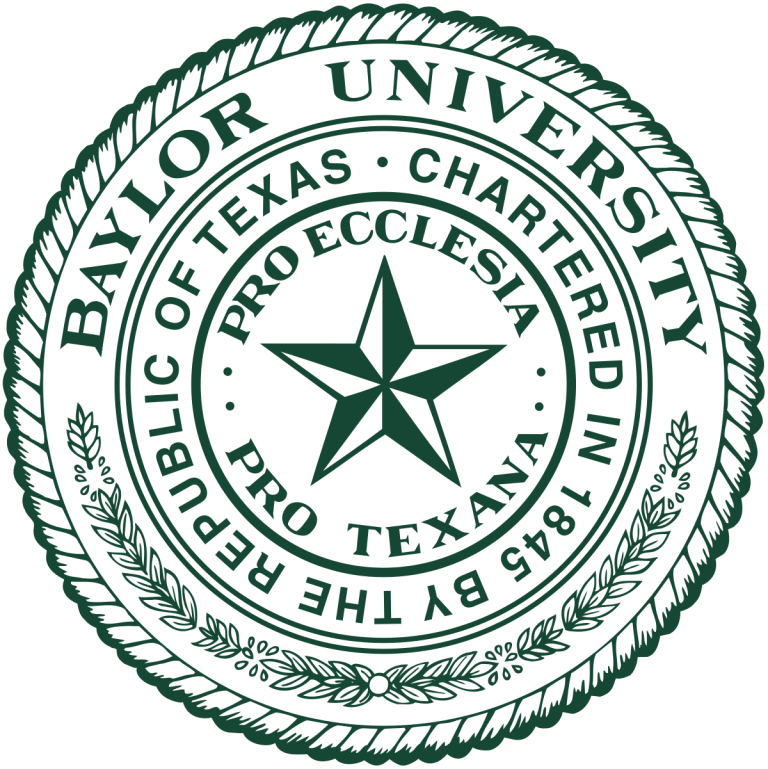
On Oct. 30, 1900, the Baylor College of Medicine opened its doors. The fledgling school was called the…
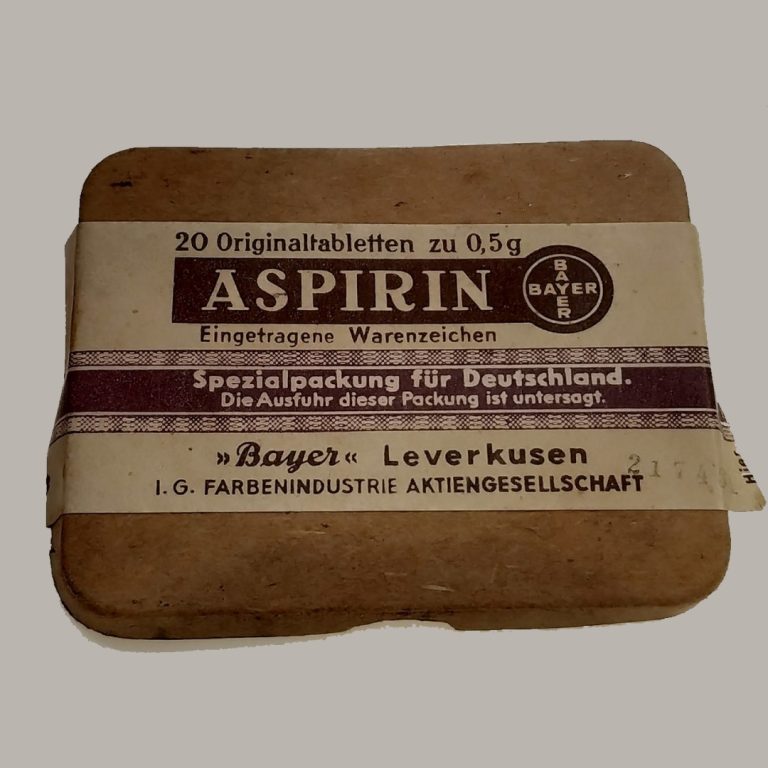
On Mar. 6, 1899, Bayer, based in Germany, introduced a newly patented pain relief product under the trademark…
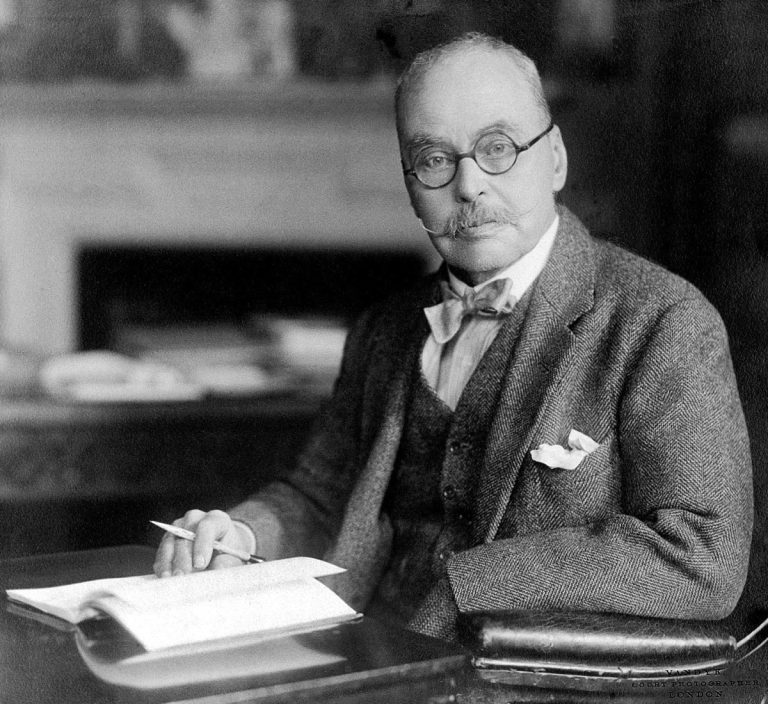
On Aug. 20, 1897, Sir Ronald Ross made his landmark discovery. While dissecting the stomach tissue of an…
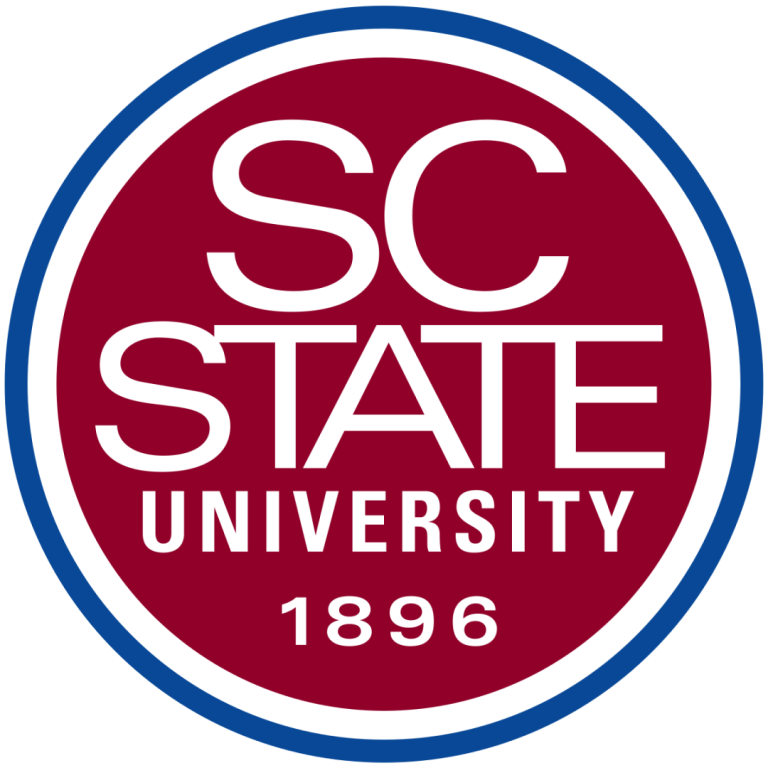
On Mar. 4, 1896, the South Carolina General Assembly enacted legislation establishing the Colored Normal, Industrial, Agricultural and Mechanical…
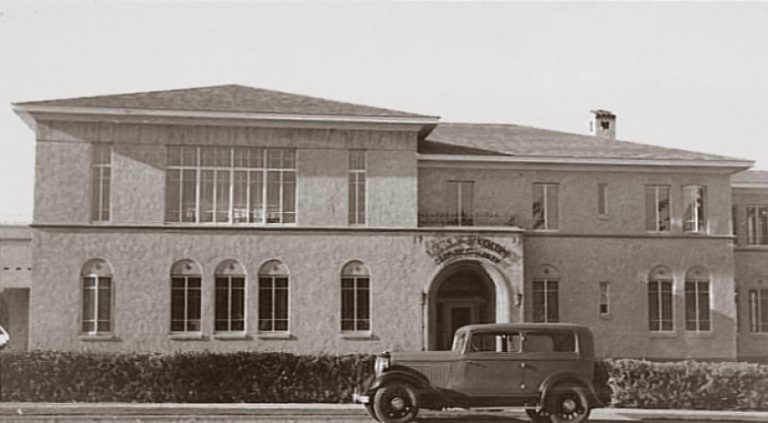
In 1896, Shodair Children’s Hospital was founded. In 1987, Shodair Children’s Hospital became a Children’s Miracle Network Hospital…

On Nov. 27, 1895, Alfred Nobel signed his last will at the Swedish-Norwegian Club in Paris. He specified…
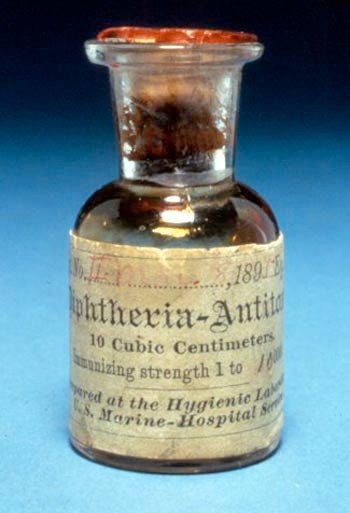
In 1895, the H. K. Mulford Company, founded in Philadelphia, became the first commercial producer of diphtheria antitoxin…